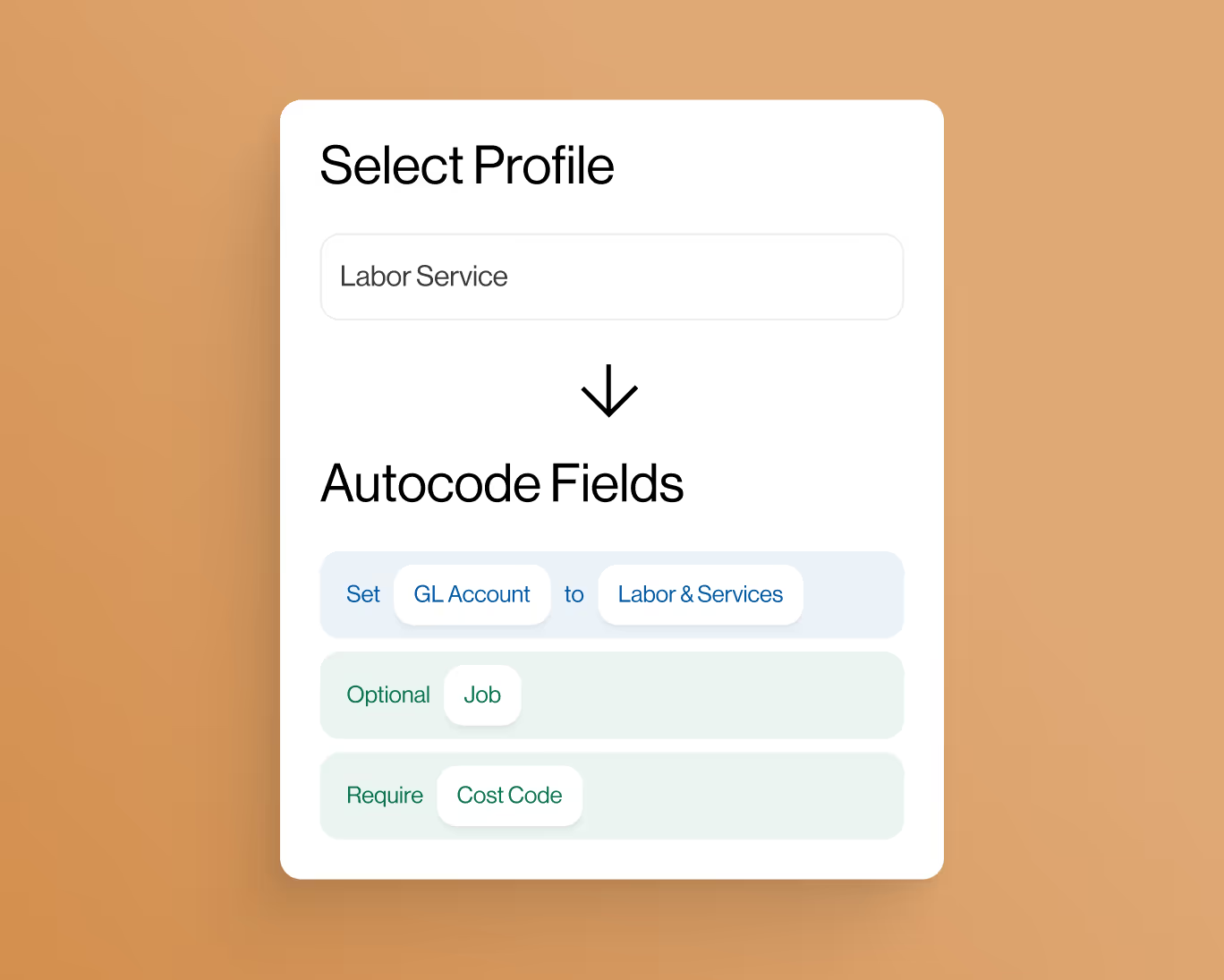Sensitivity Analysis in the Construction Industry
In the intricate world of construction projects, where uncertainties are inherent, making informed decisions is crucial for success. Sensitivity analysis is a powerful tool that has gained prominence in the construction industry for evaluating the impact of different variables on project outcomes. Let's explore what sensitivity analysis means in the context of construction and why it is instrumental for risk assessment, decision-making, and project management.
Sensitivity analysis, often referred to as a "what-if" analysis, is a method used to evaluate how changes in the input variables of a model or system impact the output. In the construction industry, where projects are influenced by various factors such as material costs, labor availability, and regulatory changes, sensitivity analysis provides a structured approach to assess the potential impact of uncertainties.
One of the primary goals of sensitivity analysis in construction is to identify the key drivers that significantly influence project outcomes. By varying one variable at a time while keeping others constant, construction professionals can assess the sensitivity of project metrics such as cost estimates, timelines, and profitability to changes in specific factors. This identification of critical variables is essential for effective risk management and strategic decision-making.
Sensitivity analysis is particularly valuable in the early stages of a construction project when key assumptions are made, and uncertainties are high. By assessing the sensitivity of project outcomes to different assumptions, construction companies can identify potential risks and uncertainties that may impact the feasibility and success of the project. This proactive approach enhances risk assessment and allows for the development of contingency plans.
Construction projects often involve a multitude of variables, and the interplay between these variables can be complex. Sensitivity analysis provides clarity by isolating the impact of individual variables, helping construction professionals understand the cause-and-effect relationships within the project model. This understanding is crucial for making informed decisions and developing strategies to mitigate risks.
Technology plays a pivotal role in enhancing the efficiency and accuracy of sensitivity analysis in construction. Advanced construction management software and modeling tools enable construction professionals to simulate different scenarios, automate the analysis of multiple variables, and generate comprehensive sensitivity reports. This technology-driven approach not only saves time but also allows for a more thorough and precise analysis.
Sensitivity analysis contributes to better-informed decision-making in construction. By understanding how changes in specific variables affect project outcomes, construction professionals can make strategic decisions to optimize project performance. For example, if sensitivity analysis reveals that project profitability is highly sensitive to changes in material costs, companies can explore alternative suppliers or negotiate bulk discounts to mitigate the impact on the bottom line.
Another valuable application of sensitivity analysis in construction is in the evaluation of different project scenarios. Construction projects are dynamic, and variables such as project scope, timelines, and market conditions may evolve. Sensitivity analysis allows companies to assess the impact of these changes on project outcomes, helping them adapt and make adjustments to the project plan as needed.
Despite its benefits, sensitivity analysis does have limitations. It assumes that the variables are independent, and the analysis may not capture the interactions between multiple variables. Additionally, sensitivity analysis provides insights into the impact of changes in individual variables but may not account for simultaneous changes in multiple variables. Construction companies should complement sensitivity analysis with other risk assessment methods for a more comprehensive understanding of project risks.
In conclusion, sensitivity analysis is a valuable tool in the construction industry for evaluating the impact of uncertainties on project outcomes. By assessing the sensitivity of key variables, construction companies can identify risks, make informed decisions, and develop strategies to enhance project resilience. As construction projects become more complex and dynamic, the adoption of sensitivity analysis becomes increasingly pivotal for ensuring the success and profitability of construction endeavors.
In conclusion, sensitivity analysis is a valuable tool in the construction industry for evaluating the impact of uncertainties on project outcomes. By assessing the sensitivity of key variables, construction companies can identify risks, make informed decisions, and develop strategies to enhance project resilience. As construction projects become more complex and dynamic, the adoption of sensitivity analysis becomes increasingly pivotal for ensuring the success and profitability of construction endeavors.










